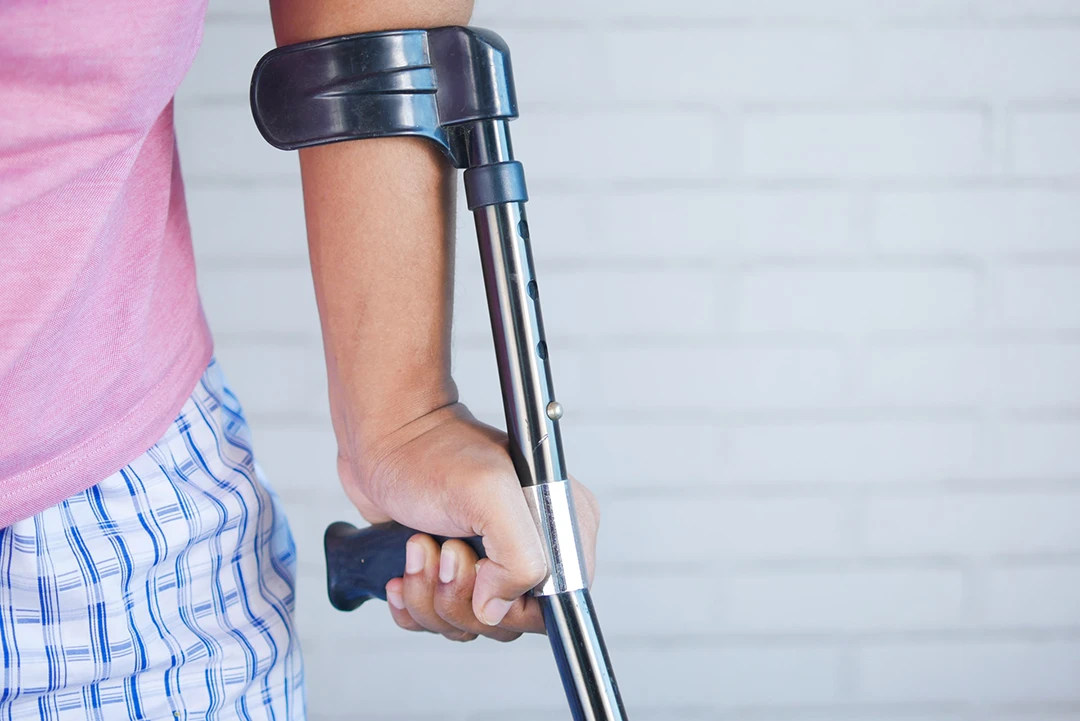
Common Injuries Resulting from Slip and Fall Accidents
Slip and fall accidents can lead to many types of injuries. By understanding the common slip and fall accident injuries, you are able to appreciate the importance of immediate medical attention and the need to look for a slip and fall accident lawyer to ensure you receive proper or equitable compensation for your injuries. Common among these injuries are:
Fractures
Fractures are among the most frequent injuries from slip and fall accidents. These can occur in various parts of the body, including the arms, wrists, hips, and legs. The elderly are particularly susceptible to hip fractures, which often require surgery and extensive rehabilitation. Fractures can cause significant pain, limit mobility, and may lead to long-term disability if not properly treated.
Head Injuries
Head injuries from slip and fall accidents can range from minor bumps to severe traumatic brain injuries (TBIs). Common types of head injuries include concussions, contusions, and hematomas. Symptoms of head injuries can include dizziness, nausea, headaches, memory loss, and cognitive impairment. Severe head injuries can lead to long-term issues such as behavioral changes, emotional problems, and permanent brain damage.
Sprains and Strains
Sprains and strains are common soft tissue injuries resulting from slip and fall accidents. These injuries occur when ligaments (sprains) or muscles and tendons (strains) are overstretched or torn. Common areas affected include the ankles, wrists, and knees. Symptoms typically include pain, swelling, and limited mobility. Treatment often involves rest, ice, compression, and physical therapy.
Back and Spinal Cord Injuries
Back injuries from falls can range from muscle strains to more severe conditions like herniated discs or spinal cord damage. These injuries can cause chronic pain, nerve damage, and in severe cases, paralysis. Symptoms may include pain, stiffness, numbness, and difficulty moving. Treatment can vary from physical therapy and medication to surgical intervention in severe cases.
Cuts and Abrasions
Cuts and abrasions are superficial injuries that occur when the skin is scraped or cut during a fall. While these injuries might seem minor, they can be painful and may lead to infections if not properly treated. In older adults, even minor cuts can be significant due to slower healing processes and the potential for complications.
Knee Damage
Steps to Take After a Slip and Fall Accident
After a slip and fall accident, you need to prioritize your health and safety by taking the following steps. First, check for injuries and seek medical attention, even if you feel fine. Prompt medical care is crucial for your health and legal case. Second, document the accident scene. This includes taking photos of the hazard, your injuries, and the surrounding area. Third, report the incident to the property owner or manager, and request a written report. Lastly, you can gather contact information from witnesses. This includes keeping all medical records and receipts related to your injury. These steps are essential for building a strong case.
Proving Fault and Negligence in Slip and Fall Cases
Proving fault and negligence in slip and fall cases involves several legal steps. First, you must demonstrate that the property owner owed you a duty of care. This means they had a responsibility to maintain a safe environment. Next, show that this duty was breached due to their negligence, such as failing to fix a known hazard. To prove this, you need to collect evidence by taking photos of the accident scene, gathering witness statements, and obtaining maintenance records. Medical reports documenting your injuries may also support your case. The goal is to establish that the property owner’s negligence directly caused your fall and injuries. For expert assistance, it’s wise to look for a slip and fall accident lawyer.
The Importance of Consulting a Slip and Fall Accident Lawyer
Consulting a slip and fall accident lawyer is essential after an accident. A lawyer understands the legal complexities and can effectively navigate the process for you. They help gather crucial evidence, negotiate with insurance companies, and build a strong case. With their expertise, you increase your chances of receiving fair compensation for;
- Medical bills
- Lost wages
- Pain and suffering
Handling a legal case alone is challenging, but skilled and experienced lawyer can ensure your rights are protected.
Comments
comments